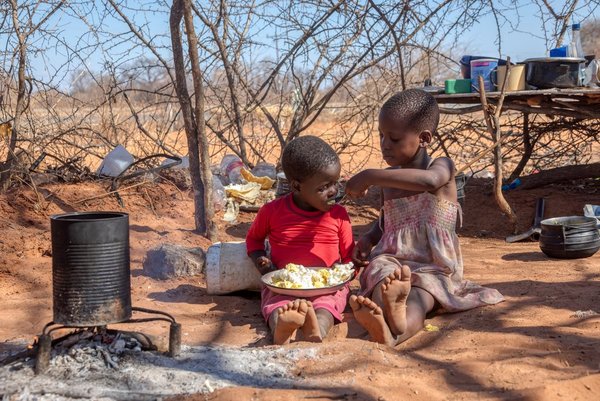 Read this article in French
Read this article in French- Share this article
- Subscribe to our newsletter
The state of multidimensional poverty
The latest update of the global Multidimensional Poverty Index (MPI), with estimates for 110 countries, and released by the United Nations Development Programme (UNDP) and the Oxford Poverty and Human Development Initiative (OPHI) at the University of Oxford/UK in July 2023, analyses trends from 2000 to 2022.
It focused on 81 countries with comparable data over time and reveals that 25 countries successfully halved their global MPI values within 15 years, showing that rapid progress is attainable. But of the 6.1 billion people covered by the report, 1.1 billion remain poor.
Countries that halved their global MPI values within 15 years include Cambodia, China, Congo, Honduras, India, Indonesia, Morocco, Serbia and Viet Nam. Notably, India saw a remarkable reduction in poverty, with 415 million people exiting poverty within a span of just 15 years (2005/6–19/21). Large numbers of people were lifted out of poverty in China (2010–14, 69 million) and Indonesia (2012–17, 8 million).
Countries halved their MPI in periods as short as four to twelve years, demonstrating the feasibility of the Sustainable Development Goal (SDG) target of halving poverty according to national definitions within 15 years. Thus, it is crucial to consider context-specific multidimensional poverty indices that reflect national definitions of poverty, since the global MPI assesses multidimensional poverty with the same methodology.
Lack of data
Despite these encouraging trends, the lack of post-pandemic data for most of the 110 countries covered by the global MPI restricts the understanding of the pandemic's effects on poverty.
Judging from the few countries where data were solely collected in 2021 or 2022 – Mexico, Madagascar, Cambodia, Peru and Nigeria – momentum on poverty reduction may have persisted during the pandemic. Cambodia, Peru and Nigeria showed significant reductions in their most recent periods, offering hope that progress is still possible.
However, the full impacts globally remain to be measured. With a renewed emphasis on data collection, the picture needs to be broadened to include the impacts of the pandemic on children. In over half the countries covered, there was either no statistically significant reduction in child poverty or the MPI value fell more slowly among children than among adults during at least one period. This suggests that child poverty will continue to be a pressing issue, particularly in relation to school attendance and undernutrition.
Majority of poor people live in rural areas
According to the 2023 release, 1.1 billion out of 6.1 billion people (just over 18 per cent) live in acute multidimensional poverty across 110 countries. Sub-Saharan Africa (534 million) and South Asia (389 million) are home to approximately five out of every six poor people.
Nearly two-thirds of all poor people (730 million people) live in middle-income countries, making action in these countries vital for reducing global poverty. Although low-income countries constitute only 10 per cent of the population included in the MPI, these are where 35 per cent of all poor people reside.
Children under 18 years old account for half of MPI-poor people (566 million). The poverty rate among children is 27.7 per cent, while among adults, it is 13.4 per cent. Poverty predominantly affects rural areas, with 84 per cent of all poor people living in rural areas. Rural areas are poorer than urban areas across all regions of the world.
The MPI sheds light on the complexity of poverty – where different indicators contribute to people's experience of poverty differently, varying from region to subnational region, and between and within communities. Ensuring that the data on global poverty is up-to-date and comprehensive is a crucial first step in addressing these challenges and maintaining progress towards a more equal world.
(UNDP/ile)
Read more on the UNDP website





Add a comment
Be the First to Comment